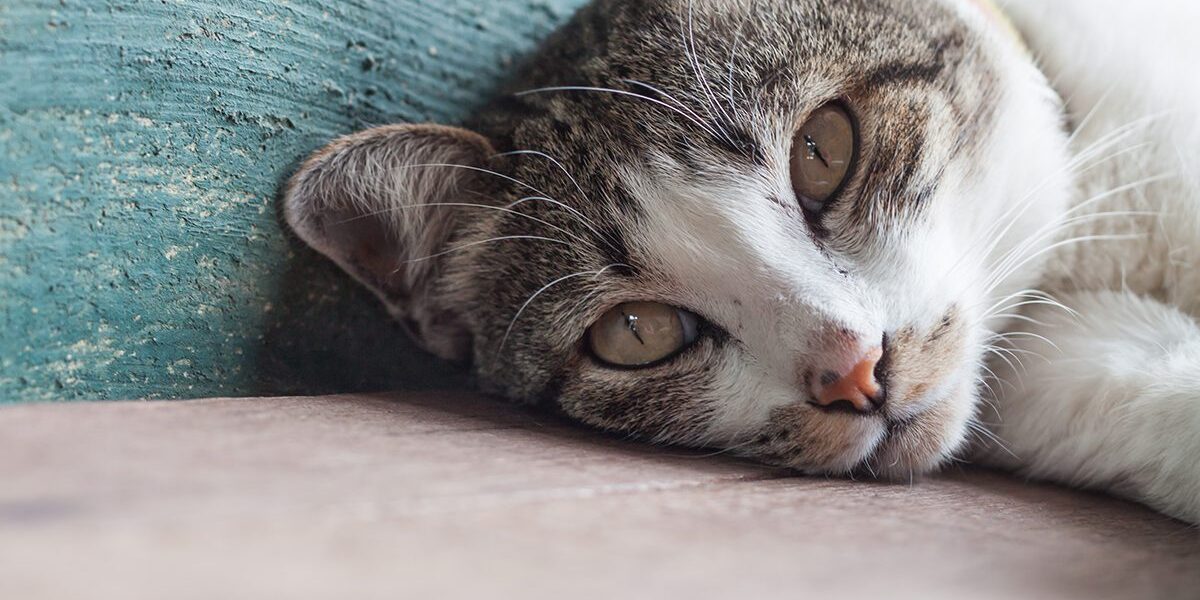
Understanding Kidney Disease in Cats: What Pet Parents Need to Know
Kidney disease is one of the most common health conditions affecting older cats. While dogs can suffer from kidney issues too, cats are especially prone to chronic kidney disease (CKD) as they age.
At PetMed of Key West Veterinary Clinic in Dubuque, we want to help cat owners understand the signs of kidney disease, how we diagnose and stage it, and what treatment options are available. There’s no cure—but early detection can make a big difference.
What Do the Kidneys Do?
Your cat’s kidneys filter waste products from the blood, regulate hydration, maintain electrolyte balance, and produce hormones that control blood pressure and red blood cell production. When the kidneys are no longer able to perform these tasks efficiently, toxins begin to build up in the bloodstream—and your cat begins to show signs of illness.
Signs of Kidney Disease in Cats
Kidney disease can be tricky because symptoms are often subtle at first. Look out for:
- Increased thirst and urination
- Decreased appetite or weight loss
- Vomiting or nausea
- Bad breath (often with a “urine-like” smell)
- Lethargy or decreased activity
- Poor coat quality
- Muscle wasting, especially along the spine or hind limbs
If you notice any of these signs—especially in a cat over age 7—it’s time to schedule an exam.
How We Diagnose and Stage Kidney Disease
We use a combination of lab tests, physical exams, and monitoring tools to diagnose and assess the progression of kidney disease. These may include:
- Bloodwork to measure kidney values like creatinine, BUN, and SDMA
- Urinalysis to evaluate urine concentration and check for protein loss
- Blood pressure measurement, as hypertension is common with kidney disease
- Urine protein:creatinine ratio (UPC) for protein loss through the kidneys
Once we’ve gathered this data, we apply the IRIS (International Renal Interest Society) staging system, which helps us determine the severity and progression of kidney disease based on:
- Creatinine and/or SDMA levels
- Presence of proteinuria (protein in the urine)
- Systemic blood pressure
IRIS Staging ranges from Stage 1 (early/mild disease) to Stage 4 (severe disease). Each stage has different goals for treatment and monitoring.
Treatment Options: Slowing Progression, Managing Symptoms
There is no cure for chronic kidney disease, but that doesn’t mean there’s nothing we can do. In fact, with early intervention, many cats live years with kidney disease—and maintain excellent quality of life.
Treatment may include:
- Prescription kidney diets (low protein, phosphorus-restricted)
- Increased hydration, sometimes with subcutaneous fluids at home
- Phosphate binders to reduce blood phosphorus levels
- Anti-nausea or appetite-stimulating medications
- Medications to control blood pressure
- Supplementing B vitamins or potassium as needed
- Monitoring and managing protein loss (proteinuria)
Treatment is tailored to each patient based on their IRIS stage and how they are feeling overall. Regular follow-up labwork is essential to monitor progression and make timely adjustments.
Why Early Detection Matters
The earlier we catch kidney disease, the more we can do to slow its progression. Routine bloodwork and urinalysis are critical for senior cats, even if they seem healthy. That’s why we recommend annual or semiannual wellness checks for all cats over 7 years of age.
Your Partner in Feline Health
At PetMed of Key West Veterinary Clinic, we take kidney health seriously—because we know how much your cat means to your family. Whether your cat is just entering their senior years or already showing signs of illness, we’re here to help guide you through diagnosis, treatment, and long-term care. Call us today to schedule a senior wellness visit or kidney screening for your cat.
